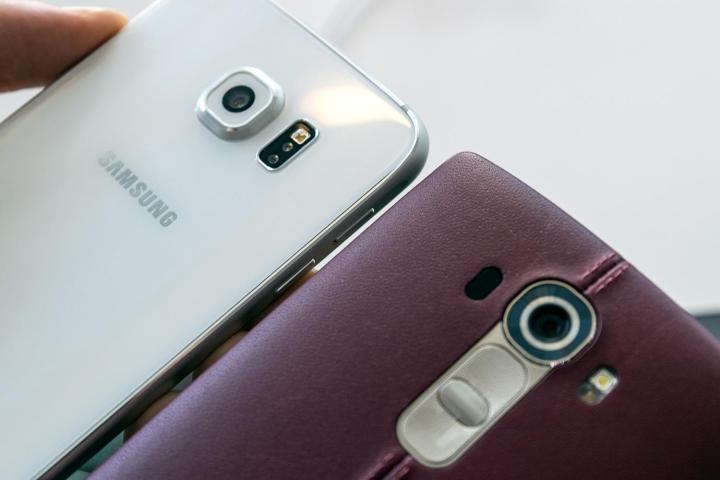
Some of Samsung’s devices come equipped with the company’s own ISOCELL image sensor, while others have a Sony IMX240 sensor on board. It’s not a mistake, either; it’s by design. According to a statement the Korean manufacturer gave to The Verge in response to the potential controversy, Samsung simply sets a standard of quality that is expected in its device. As long as the parts meet those expectations, they can go in the phone.
“The Galaxy S6 and S6 Edge utilize camera sensors from several different vendors. Like all of the technology used in our products, they meet our strict global quality and performance standards,” Samsung told The Verge.
Why has Samsung opted to go this route? It’s unclear, though one could speculate that the reason is anything from cost to sheer volume. It may be cheaper to buy up sensors from Sony than produce more of their own, especially at launch when millions of units are moving off the shelves at once. Thus far, there appears to be no rhyme or reason to how the part is distributed, or if it’s only appearing in certain regions, or why there’s no apparent uniformity — with, say, the Sony sensor in the S6 Edge and the Samsung sensor in the S6. All we know is the sensors perform at a similar quality according to tests by SamMobile, which falls in line with Samsung’s statement on the matter.
Is it weird that Samsung has opted to go this route? Yes. But it doesn’t seem to have any real effect on any user’s experience and Samsung seems to be totally fine with it, so should we all be, too?


